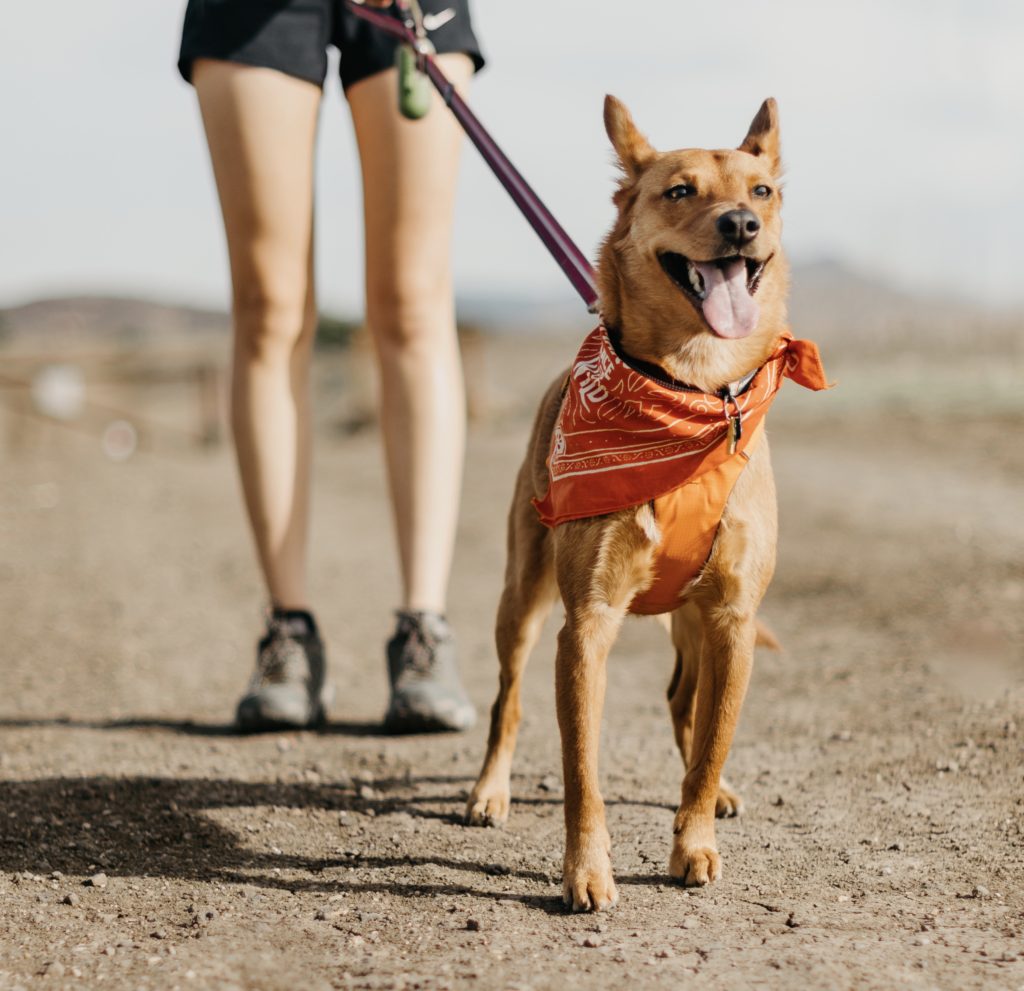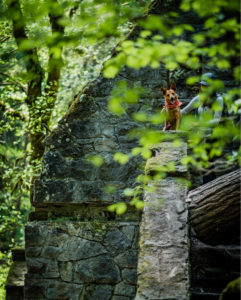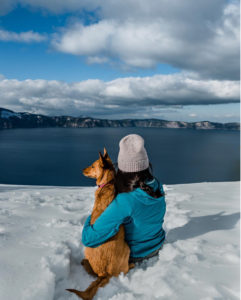Disclaimer: I am by no means a professional photographer but I would love to share the knowledge I’ve gathered as an avid amateur who adores this great hobby. With that aside, I will be giving you a few tips that helped me take better photos of my pup, Scout, so that you can do the same with your pup. All it takes are a few key rules, and a sense of what you find aesthetically pleasing.
With these tips, you can also learn and improve your photography game!
TIP #1: Practice makes perfect
Everybody who’s anybody has heard the saying “practice makes perfect,” and this holds true for photography. When I post to our Instagram page, @theadventuresofscoutthedog, you only see a few photos. What you don’t see are the countless others I take to get the few I really like and eventually end up sharing. I always surprise myself after sorting through a memory card full of photos. So, rule 1…snap now, sort later. Eventually, over time you will find what your aesthetic style is and you’ll be able to hone your photography game.
The three “tions”: Position, composition, and location
These three “tions” have to do with what you’re taking a picture of; the subject (your pup), the composition a.k.a. how things are arranged, and the location.
TIP #2: Position
A simple way to position your pup effectively is with something called the “rule of thirds”. If you’ve ever tried cropping or editing a photo on your smart phone you might’ve noticed some lines that divide the picture into 9 squares like a tic-tac-toe grid. Someone in the 18th century decided that where these lines meet are where subjects generally look the most appealing. They must’ve gotten something right as we still use this rule today! So, the next time you take a photo try placing your pup at one of the “thirds”.
[blog_image]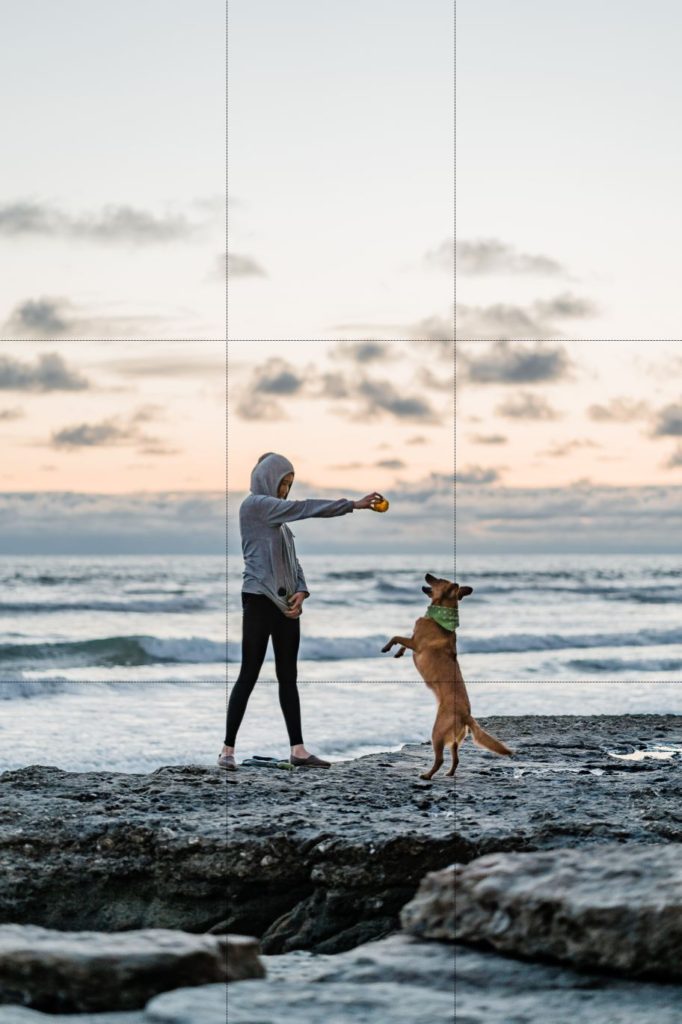
TIP #3: Composition
The second “tion”, composition, has to do with what your subject is doing. Your pup’s action is what you are trying to present to your audience and the message you are trying to present. I like to think of composition as the story that you are trying to tell. Is your dog chasing after a ball? Then maybe show your pup at one “third” of the photo and the ball at the opposite “third” with both in motion. Are you posing them to look regal and majestic? Try sitting them on a rock or a log (please be careful when doing this…). Better yet, get down and take your photo near their eye level, or maybe even lower. Seeing your pup from their point of view is much more interesting than seeing them from our eye level, and can help tell the story from their perspective. Either way, telling a story or at least getting your audience’s interest piqued is your mission here.
Present something unique, whether it be through your
story or through the perspective of the photo.
[blog_image]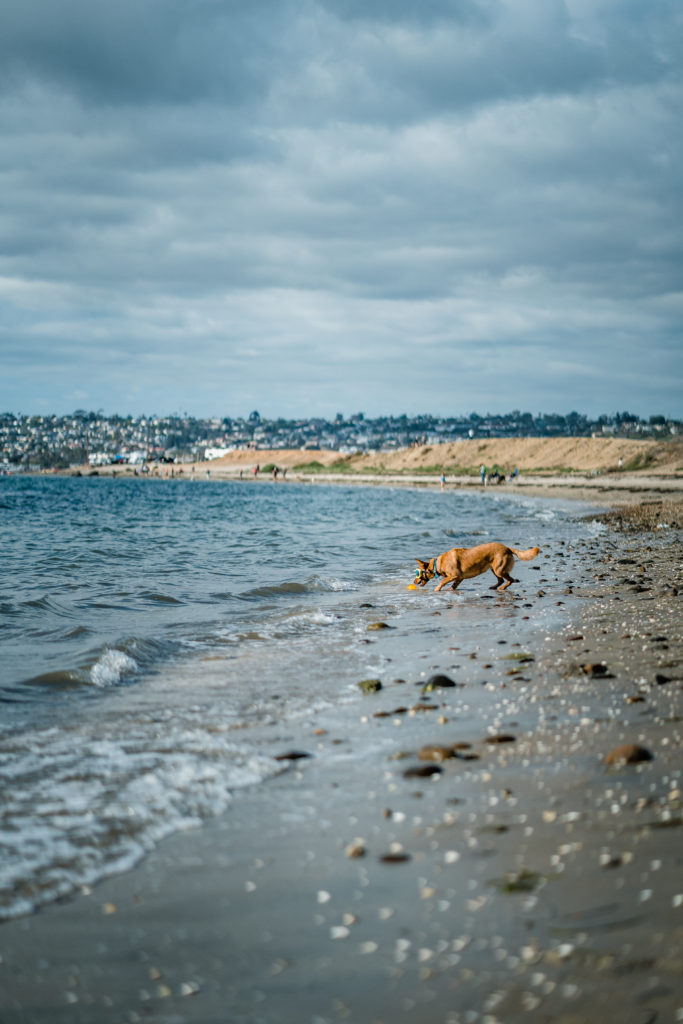
TIP #4: Location
The third and final “tion” is in some ways one of the most overlooked characteristic of a photo, location.
While exotic locations are always a plus, you can use ANY,
and I mean any, location to help convey your story.
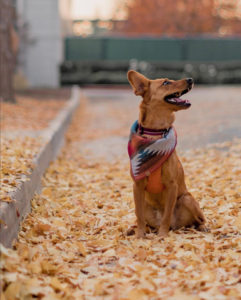
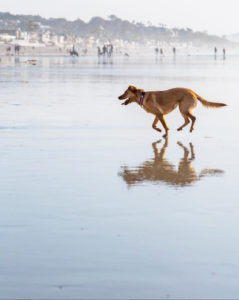
It’s simple to focus on your main subject, but what happens in the background is like the setting of your story. Where did your pup chase their ball? Was it the park? Was it at the beach? Also, pro tip from a non-pro, try to be aware of distracting elements in the background of your photo. I’ve had countless unusable photos because of a stray lamp post or a random person in the background. Bottom line: don’t get tunnel vision on your pup. Take a look around and use your environment to your advantage or if that doesn’t work, then move! You’d be surprised at how different your pup can look from different angles. Don’t take my word for it though — move your feet, take tons of photos, and see some amazing results.
[blog_image]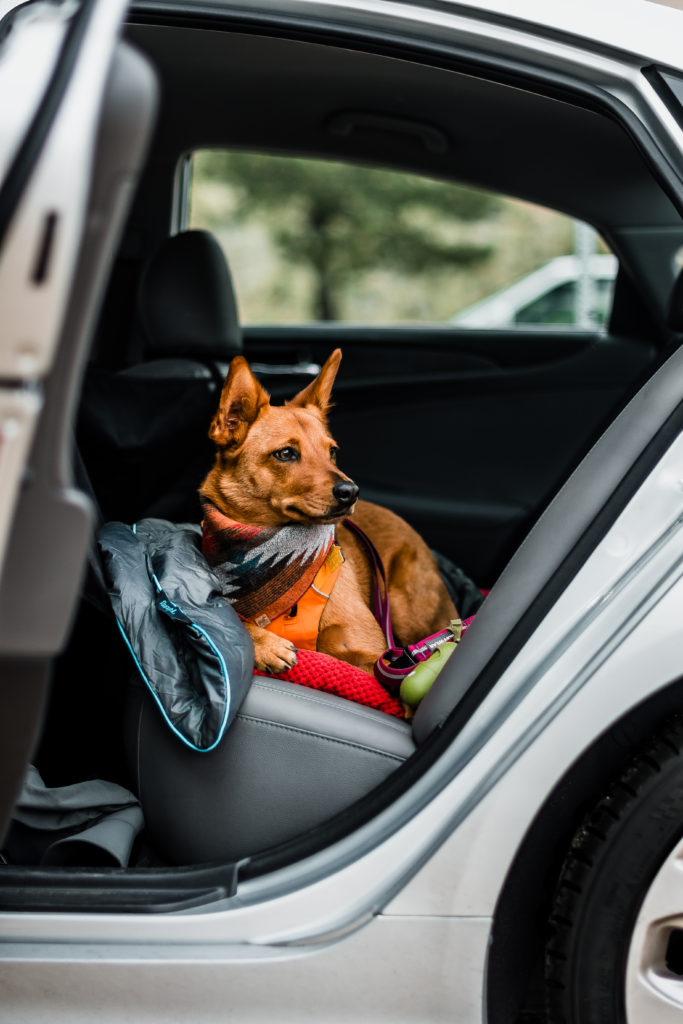
TIP #5: Props
Finally, I group anything that your pup has interactions with as a prop. Treats, toys, clothes, things to sit on, a person to interact with are all examples of props that can help you tell a story. Don’t be afraid to get creative with this! One of our best photos in my opinion is of Scout wearing my jacket and Rose’s beanie at a campsite. The comedy of seeing Scout in a human jacket draws people in and gets them emotionally invested. Another great example of using a prop effectively is how I use a squeaky ball to grab Scout’s attention when I need her to look at the camera. If I want, I can try to add the ball in the frame of the photo or I can leave it out completely. The bottom line is, it’s all up to you and the story you want to tell!
So, there you have it, 5 simple rules for you to follow. Is this everything that there is to dog photography? Not in the least… but it’s a start and I hope you will remember these easy rules that can help take your pup photography to the next level.
The next step is up to you and your imagination!
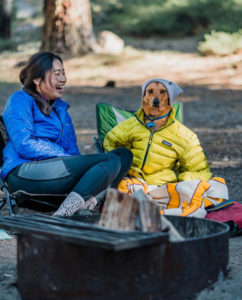
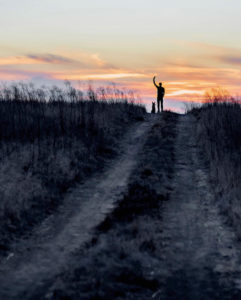
[blog_image]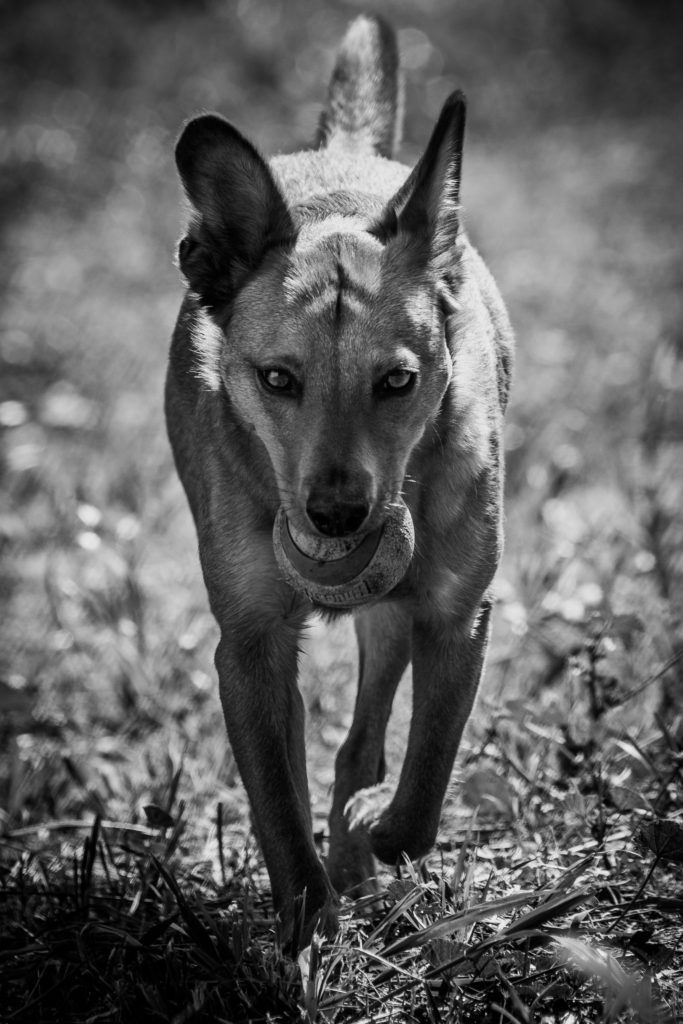
About the author: Peter is an amateur photographer who enjoys sharing the adventures of his rescue dog, Scout, and his wife, Rose. You can often find them hiking, and exploring the City of Angels and their native hometown of San Diego.
Find Peter, Rose, and Scout on Instagram: @theadventuresofscoutthedog

